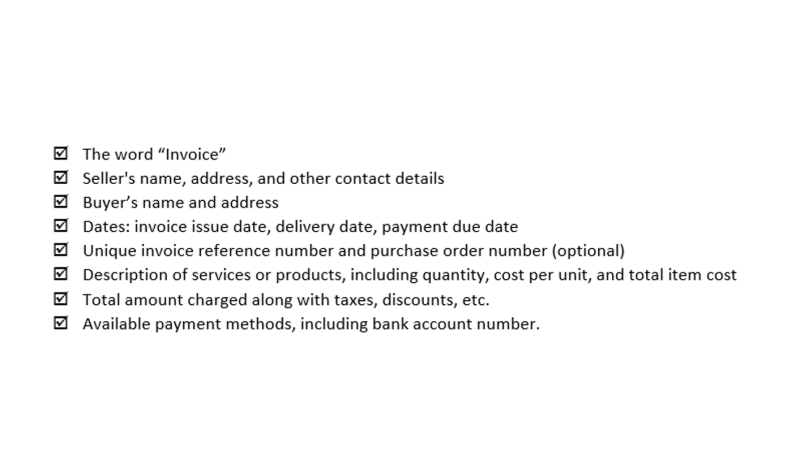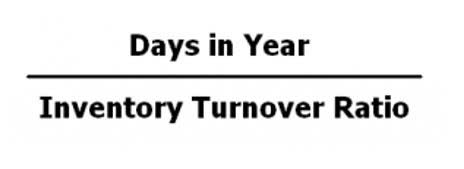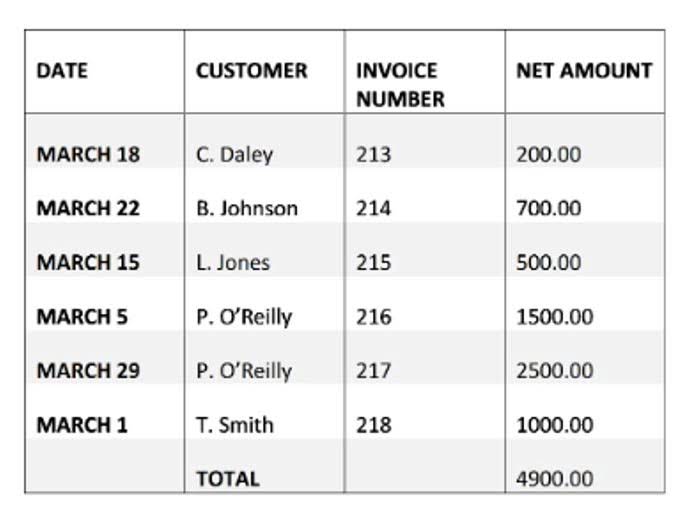
Stock dividends have no effect on the total amount of stockholders’ equity or on net assets. They merely decrease retained earnings and increase paid-in capital by an equal amount. Immediately after the distribution of a stock dividend, each share of bookkeeping similar stock has a lower book value per share. This decrease occurs because more shares are outstanding with no increase in total stockholders’ equity.

Entries to the Retained Earnings Account

If the dividend percentage on the preferred stock is close to the rate demanded by the financial markets, the preferred stock will sell at a price that is close to its par value. In other words, a 9% preferred stock with a par value of $50 being issued or traded in a market demanding 9% would sell for $50. On the other hand, if the market demands 8.9% and the stock is a 9% preferred stock with a par value of $50, then the stock will sell for slightly more large stock dividends and stock splits are issued primarily to: than $50 as investors see an advantage in these shares. Even though the total amount of stockholders’ equity remains the same, a stock dividend requires a journal entry to transfer an amount from the retained earnings section to the paid-in capital section. The amount transferred depends on whether the stock dividend is (1) a small stock dividend, or (2) a large stock dividend.

Statement of Stockholders’ Equity
The book value of an entire corporation is the total of the stockholders’ equity section as shown on the balance sheet. In other words, the book value of a corporation is the balance sheet assets minus the liabilities. Cash dividends (usually referred to as dividends) are a distribution of the corporation’s net income. Dividends are analogous to draws/withdrawals by the owner of a sole proprietorship. The draws and dividends are not expenses and will not appear on the income statements. After the 25 shares of treasury stock are sold, the balance in Treasury Stock becomes a debit of $900 (45 shares at their cost of $20 per share).

How did Apple’s 7-for-1 stock split affect its total stockholders’ equity?
- Since they were not purchased, their high market values are not included in the corporation’s assets.
- As a result, stock splits help make shares more affordable to small investors and provides greater marketability and liquidity in the market.
- After a split, the stock price will decline since the number of outstanding shares has increased.
- Hence, the par value of preferred stock has some economic significance.
- For the past 52 years, Harold Averkamp (CPA, MBA) hasworked as an accounting supervisor, manager, consultant, university instructor, and innovator in teaching accounting online.
For example, if one share of 9% preferred stock having a par value of $100 is sold for $101, the following entry will be made. Corporations routinely need cash in order to replace inventory and other assets whose costs have increased or to expand the business. As a result, corporations rarely distribute all of their net income to stockholders. Since every stockholder will receive additional shares, and since the corporation is no better off after the stock dividend, the value of each share should decrease. In other words, since the corporation is the same before and after the stock dividend, the total market value of the corporation remains the same.
Sales are reported in the accounting period in which title to the merchandise was transferred from the seller to the buyer. A sole proprietorship is a simple form of business where there is one owner. However, for Interior Design Bookkeeping accounting purposes the economic entity assumption results in the sole proprietorship’s business transactions being accounted for separately from the owner’s personal transactions. You should consider our materials to be an introduction to selected accounting and bookkeeping topics (with complexities likely omitted).
Par Value of Preferred Stock

Each journal entry must have the dollars of debits equal to the dollars of credits. On May 1, when the dividends are paid, the following journal entry is recorded. The other comprehensive income reported on the statement of comprehensive income is added to accumulated other comprehensive income. Accumulated other comprehensive income refers to several items that were not included in net income and retained earnings.
Features Offered in Preferred Stock
Assume that a board of directors feels it is useful if investors know they can buy 100 shares of the corporation’s stock for less than $5,000. In other words, they prefer to have the price of a share trading between $40 and $50 per share. If the market price of the stock rises to $80 per share, the board of directors can move the market price of the stock back into the range of $40 to $50 per share through a 2-for-1 stock split. If a corporation has issued only one type, or class, of stock it will be common stock. Corporations usually account for stock dividends by transferring a sum from retained earnings to permanent paid-in capital.